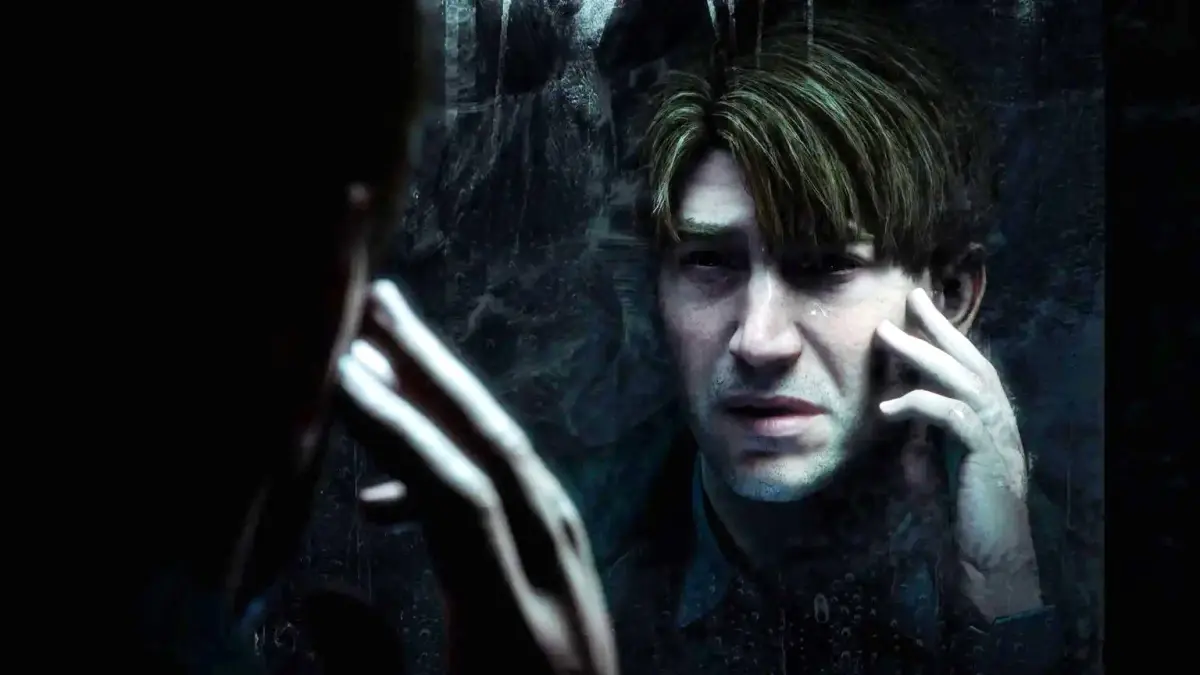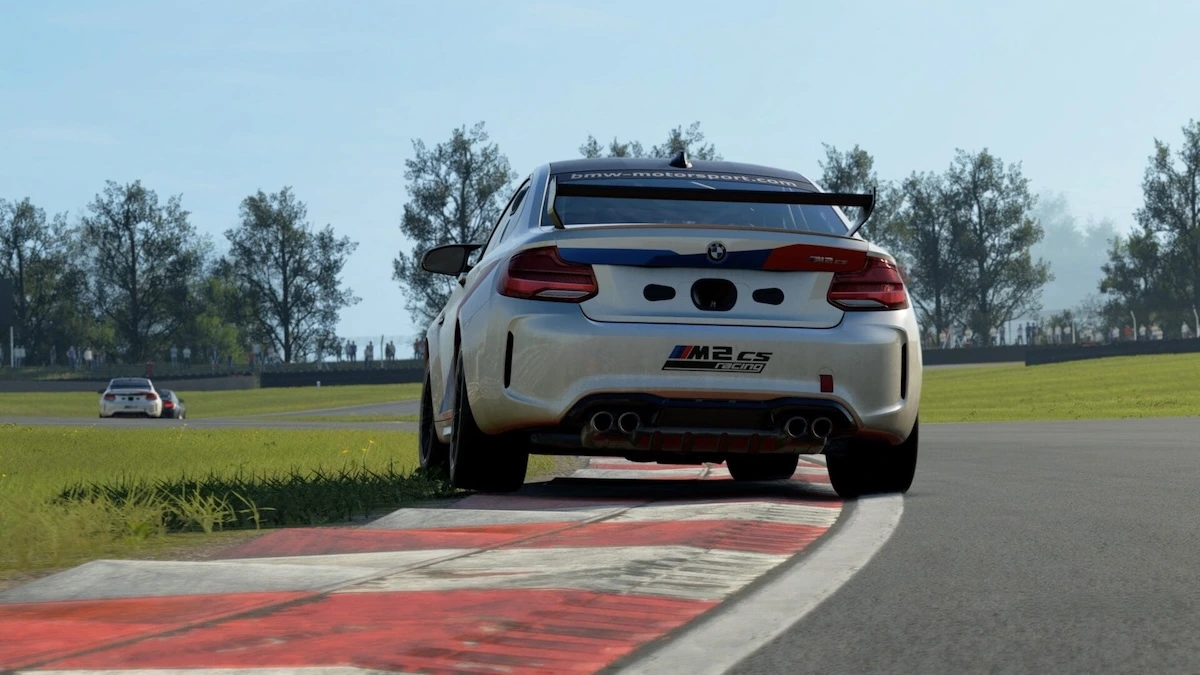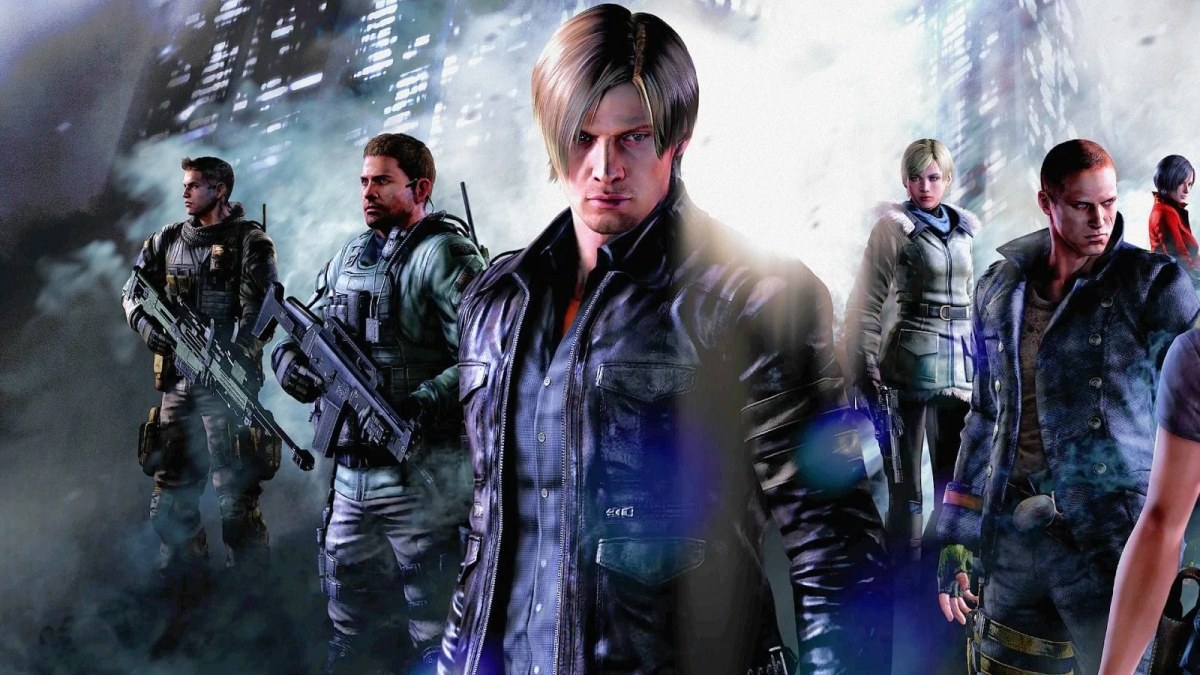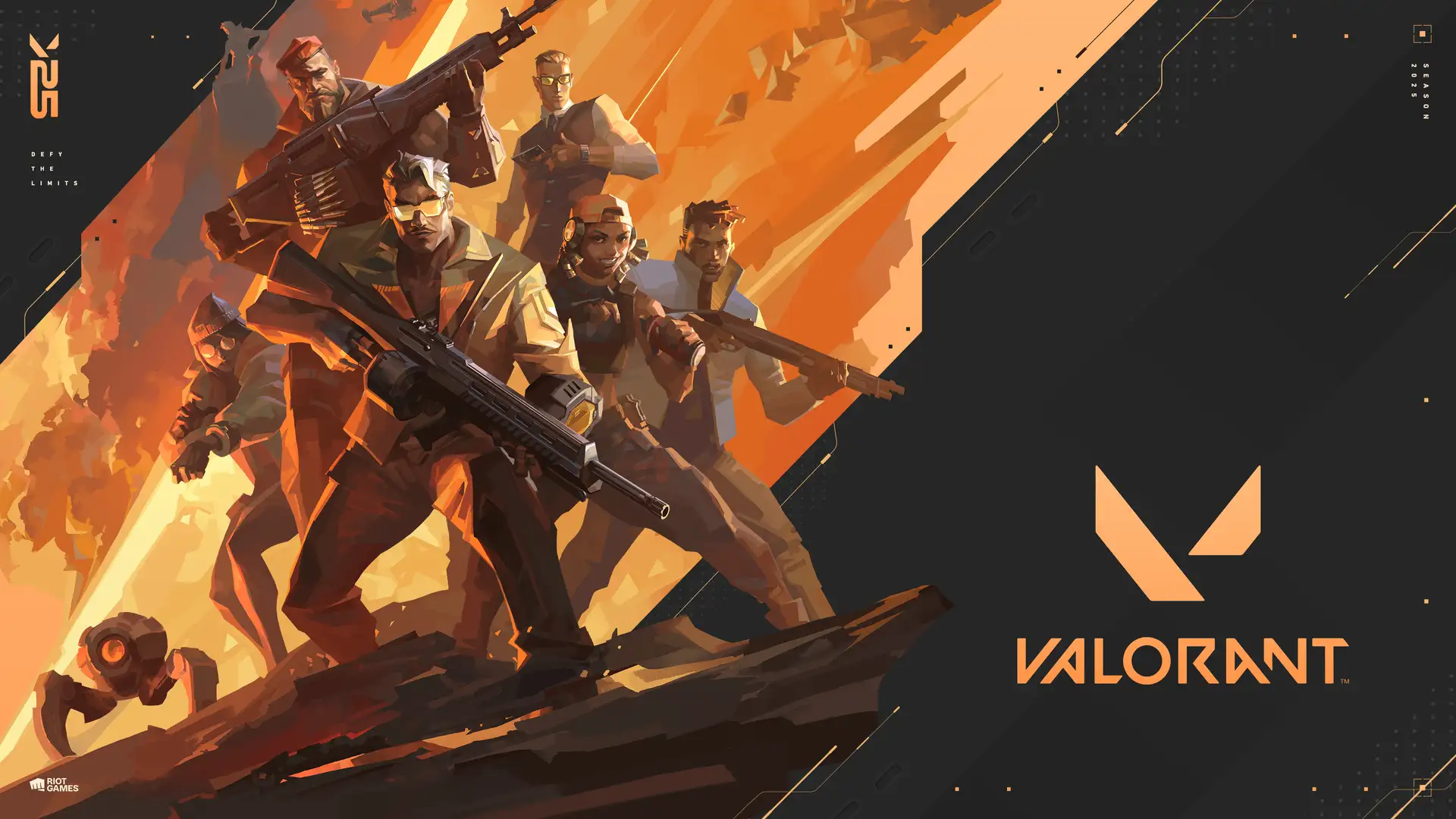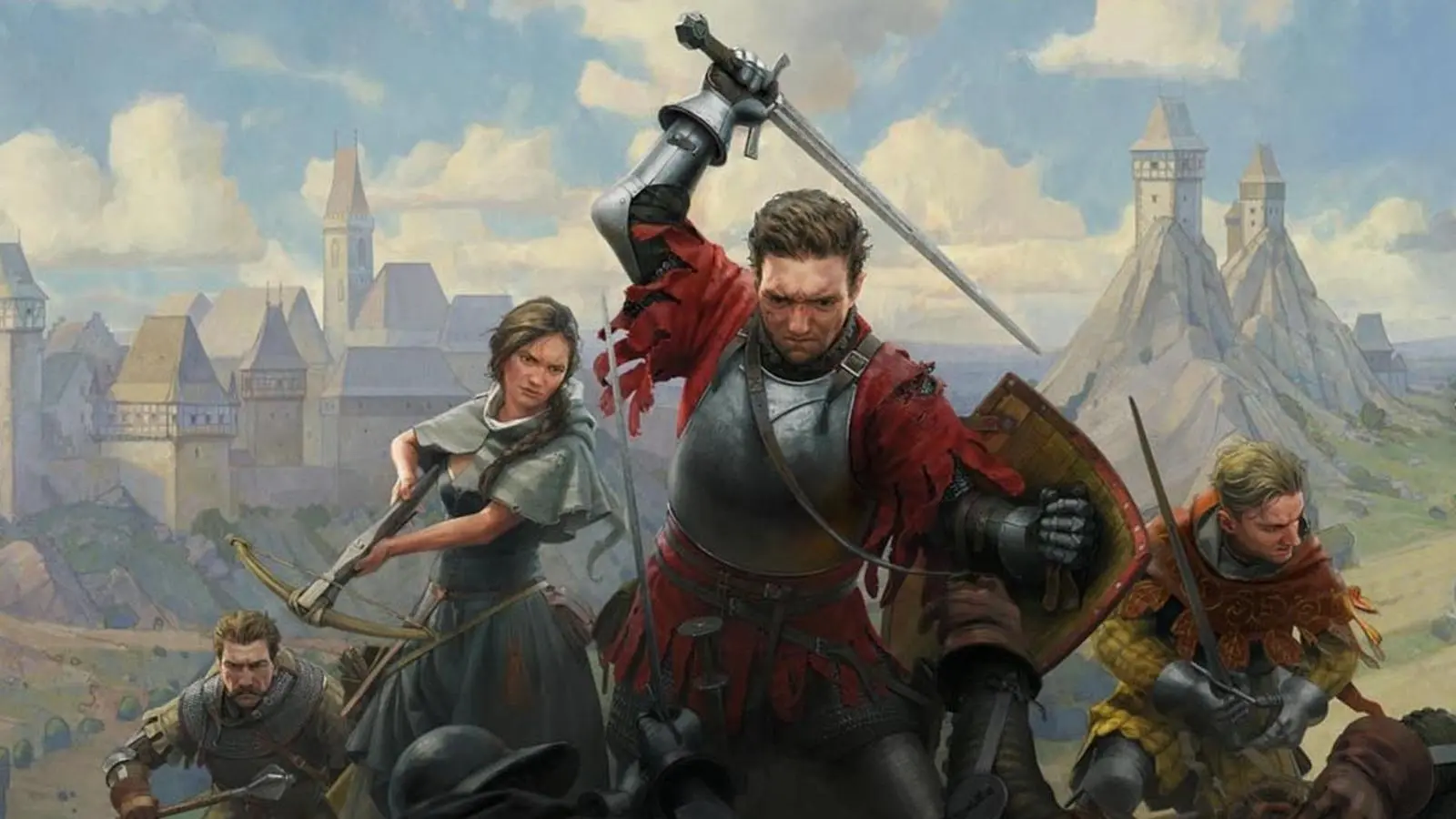Dawntide : intervista
Working as Intended is a new danish software house that is developing the ultimate sandbox MMO, where all the possibilities offer to players (from combat to crafting and exploration) will be on the same experience level, without distorted emphasis on just one aspect. So we told with these guys about Dawntide.
GS: Let’s talk about Working as Intended. What kinf of experiences the staff have in videogames market?
WAI: Our developers have a considerable amount of experience developing games, including major titles such as Dawn of War. We added it up to something like 30 or 40 years of game development once. However, the game design also draws heavily on our experiences as modders.
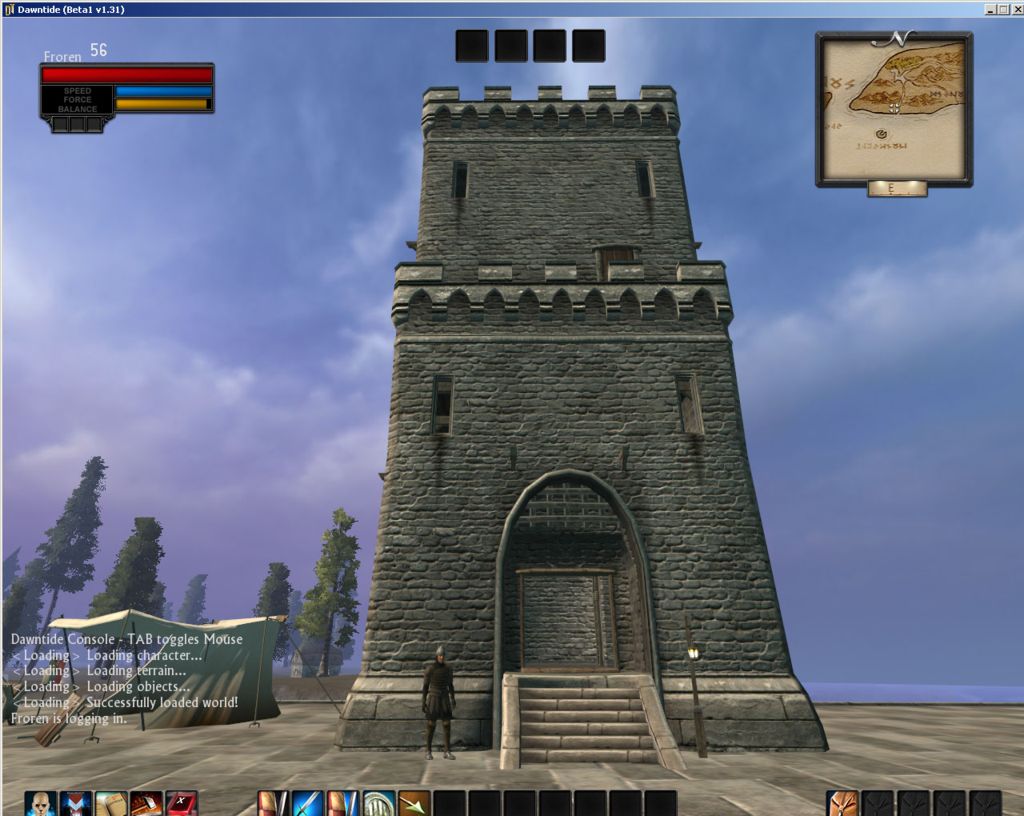
GS: What do you mean with “Open ended character development”?
WAI: Open ended character development is different from linear (level-based) character development. In an open ended system, there are multiple paths to advancement, and you advance in the particular task you are performing at the time – a magic user becomes better at magic, while a blacksmith improves his blacksmithing skills, so there is no invisible finish line. In a linear progression system, successfully completing goals earns you experience, which earns you levels up until the maximum level, after which the hunt for levels is replaced by the hunt for items, until you’re “done” – the game doesn’t end, of course, but there’s nothing more to do.
The fundamental difference is that open ended systems such as Dawntide pit players against other players in an environment (even if parts of the environment are hostile), while a linear system such as World of Warcraft pits players against the environment with other players in it (even if some of the players are hostile).
GS: How the progression of character will work? Will there be a sandbox progression of skill learning?
WAI: As explained above, you improve in skills by using them. There are no levels, classes or experience points. Everyone starts with all skills, and each skill has its own tree of abilities called “Perks” to be acquired and unlocked. It is theoretically possible to max every skill in the game, but for a variety of reasons this would be hilariously time-consuming and would not provide the kind of benefit “maxing out” usually does.
GS: Talking about combat: please describe this aspect.
WAI: Our combat system is somewhat involved. First of all, the system is autotarget-based and as such doesn’t employ FPS mechanics such as twitch targeting (we’ll explain why in a moment). In most MMOGs, target based combat revolves around your own character – what you do will always do the same to the opponent regardless of what he does. This is why button mashing works so well in most target-based games: there’s practically no advantage to predicting your opponent, and thus no way to outsmart him other than to come better prepared or hope he screws up.
In Dawntide, there are combat attributes called Speed, Force and Balance that change depending on your actions in combat as well as opponents’ actions against you, so you can’t just mash your best attack until the other guy dies or you do. There is also a skill called Anticipation that allows you to read your opponent’s action queue and gauge his current Speed/Force/Balance, but only roughly.
In this way, we intend to incorporate the advantages of FPS combat, tactical and skill-based gameplay, without sacrificing those of target-based combat, exploitation- and lag tolerance. Dawntide combat will be tactical and skill-based because you have to constantly adjust both for yourself and your opponent’s movement and actions, but will not be open to bunnyhopping and similar idiocy because twitch targeting is unnecessary.
If you want to know more, please visit here: http://forum.dawntide.net/showthread.php?t=559
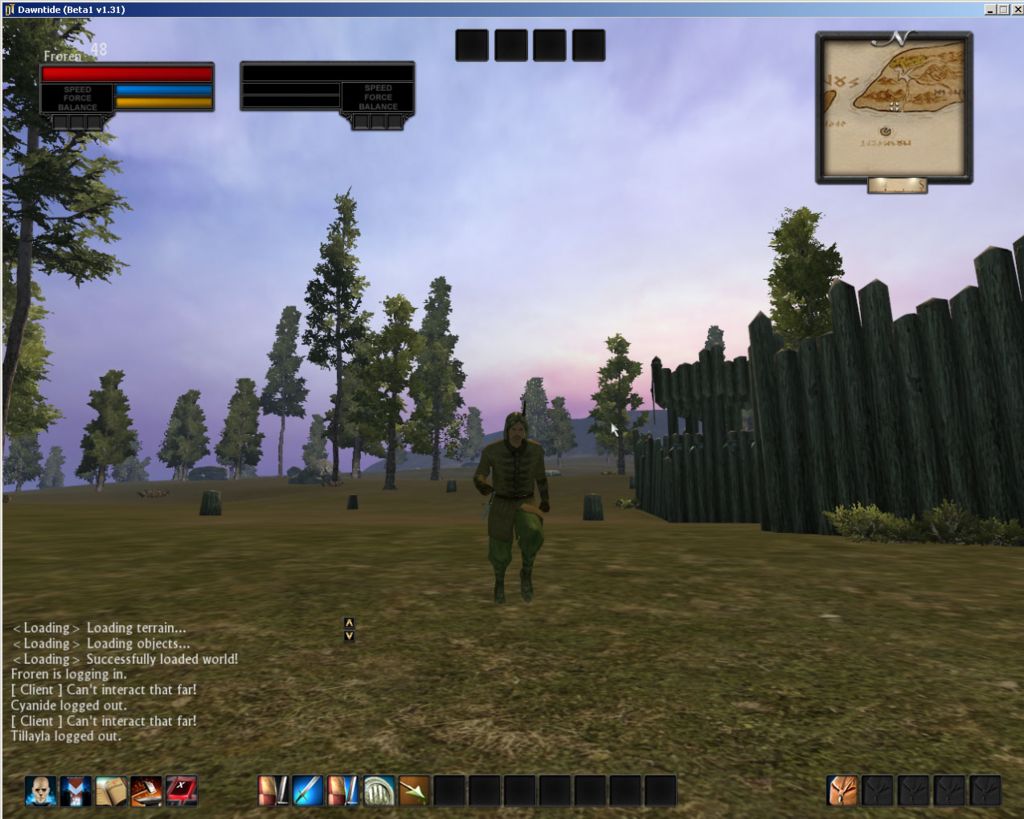
GS: What are the main features that differentiate your game from a sandbox like Darkfall online, for example?
WAI: The majority of sandbox games coming out lately all suffer from the same problem: they are far too heavily invested in combat to create environments that encourage players to alternately compete and cooperate, as opposed to just compete 24/7. A true sandbox MMOG is not about fighting or crafting or any single thing in particular, it’s about the possibility of doing all the individual things.
The entire sandbox concept revolves around all options being relatively equal, both in terms of depth and variety. A crafter should have as deep and involved a gaming experience as a fighter or an explorer, otherwise crafters and explorers won’t play the game, and that’s a killing blow to a sandbox game, because the killers need the more peaceful types both for supply and prey, and the peaceful types need the killers to provide an unpredictable element of excitement.
GS: Housing, cities and players economy: give us more details, please.
WAI: Settling and economy aren’t particularly related features, but I’ll give an overview of Settling here because the economy stuff is not really a feature in itself.
Buildings are constructed on an individual basis, but must be connected to a control building. The control building "decides" who can build on its sphere of influence, and bases its decision on its faction’s access settings (more on this later). Thus, faction leadership will be in control of who can build within range of their control buildings (or a particular one) – essentially, if you don’t have the "Builder" key for the control building, it won’t let you start a construction job.
If you are allowed to build within its control sphere or are starting construction of a control building, you select your building type through the crafting interface. We’ll be experimenting with how to place buildings throughout the beta, but once you’ve chosen your location, the construction job will start counting down towards completion. The job will likely run over several hours up to days of real day time, and an amount of materials will be required to initiate the construction, then another (possibly different) amount at certain intervals, though it can also just be there at the beginning.
There will be control buildings with residential features and tiny control spheres for small groups of friends or hardcore individuals to enjoy living in wild territory – as long as they can defend their holdings, that is.
GS: What will be the balance between PvE and PvP contents? Will there be full loot?
WAI: There will be full loot. PvE and PvP content will be one and the same – only the starting regions of the game will be non-PvP, and all the resource rich regions will allow for PvP. This means that if you want the best stuff and the fastest advancement, you will need to fight the hardest PvE content while defending yourself from the PvP threats that are also hunting that PvE content.
GS: Talking about massive battles: how many players your engine can manage at the same time on screen ? And what kind of graphic engine did you use for the game?
WAI: We use the GameBryo engine also featured in Oblivion and Fallout 3. We are designing our art assets for performance, such that we can allow the maximum amount of characters on screen, and will be utilizing rendering techniques to only render the most relevant information for the player.
Because we realize that technological limits will probably be hit when players start fighting over the good territories in large numbers, we will also continuously be upgrading the engine with an emphasis on efficiency.
GS: Guilds in DT. What features for them?
WAI: Guilds in Dawntide are called Factions. They are slightly different from guilds – guilds are simple organizations that have one sovereign leader in control, and all power derives from him. In Dawntide, this will be possible as well, but we also allow a full set of customizations to faction leadership such that players can create councils, democracies or even communist groups that are rooted in game mechanics.
Faction leaderships will also have full freedom to control access and permissions – for instance, as mentioned earlier, faction leadership can decide who in the faction is allowed to start construction jobs within range of their control buildings, or who can put down faction control buildings. This also extends to accessing faction assets, who can vote on faction issues, etc. The goal is full organizational freedom.
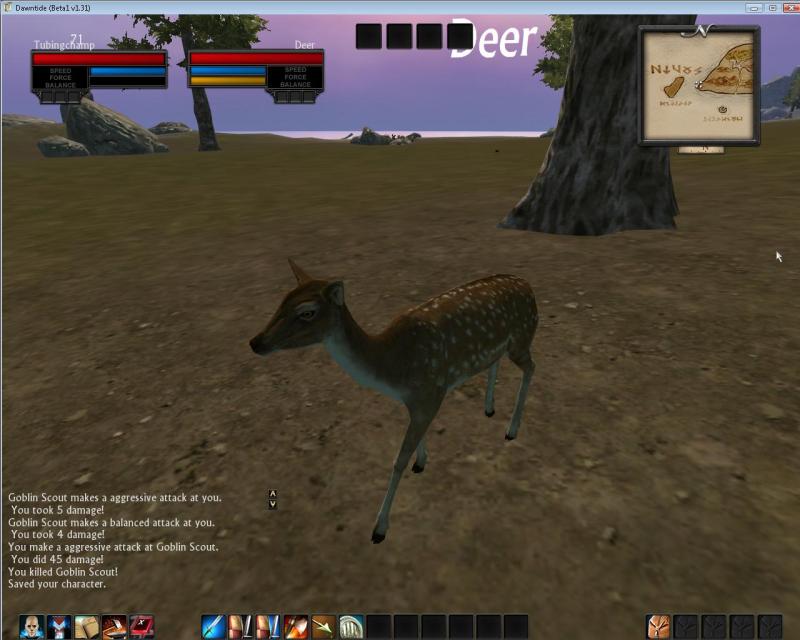
GS: I’m a casual player. I will be able to enjoy playing dawntide?
WAI: Yes, very much so. We believe the divide between casual and hardcore gamers is a result of arbitrary limitations – in most MMOGs, a level 1 can’t even hit a level 25, and a level 25 can’t even hit a level 50. In Dawntide, someone with 100 Long Swords skill is twice as good with Long Swords as someone with 50 Long Swords skill, and as such it’s much more realistic for a group of less powerful characters to protect themselves from small bands of high power characters.
GS: What’s the state of the game right now ? You are entering the closed beta phase … Any plans about the date of release? Any publishers in sight?
WAI: We are currently polishing the core mechanics and content, improving server stability and netcode and making sure the game is smooth, intuitive and fun before we add any fancy features. It’s our aim to have a game that is inherently enjoyable by the end of Beta 2, giving ourselves the rest of the development time to add flavor and more meat to the game.
We presently have no ETAs on releases, but will be sending out updates when we do.
Thx to Working as Intended for the interview.
,
La Working as Intended è una piccola software house danese che sta sviluppando il sandbox definitivo, dove tutte le possibilità finalmente saranno considerate sullo stesso livello, sia che si tratti di combat, che di crafting o di esplorazione. L’enfasi su un particolare dettaglio sarà quindi solo a doscrezione del giocatore. Noi li abbiamo intervistati per il loro Dawntide.
GS: Parliamo della "Working as Intended" … Quale esperienza avete nel campo dei videogames?
I nostri sviluppatori hanno una considerevole esperienza nello sviluppare games, compreso titoli importanti come Dawn of War. In tutto possiamo vantare, sommati, circa 30-40 anni di esperienza in questo campo. In più per quanto riguarda il design, il nostro passato di modders ci aiuta notevolmente.

GS: Cosa volete dire con "uno sviluppo del personaggio open ended"?
Vogliamo sottolineare la differenza con lo sviluppo lineare (basato sui livelli). In un sistema aperto ci sono molteplici percorsi per progredire, e tu migliori nel percorso che stai seguendo in quel momento (chi usa la magia incrementerà le abilità magiche, un fabbro le abilità legate al suo lavoro), senza che ci siano invisibili linee che demarcano una fine. In un sistema lineare completare con successo gli obbiettivi ti fa guadagnare esperienza, che ti porta a livellare fino al cap, dove la caccia al livello viene sostituita dalla caccia all’item, finchè non sarai totalmente appagato. Il gioco ovviamente non finisce, ma non c’è più niente da fare, a quel punto. La differenza fondamentale è che un sistema aperto come Dawntide pone i giocatori uno contro l’altro all’interno di un ambiente di gioco (anche considerando lo stesso ambiente come ostile), mentre un sistema lineare come WoW pone i giocatori contro un ambiente con altri giocatori all’interno (anche se si considerano altri giocatori come ostili).
GS: Come funziona la progressione del personaggio ? Attraverso l’apprendimento sandbox delle skill?
Come detto in precedenza, migliori nelle skill usandole. Non ci sono livelli, classi o punti esperienza. Tutti iniziano con tutte le abilità, ed ognuna di queste ha il suo albero di diramazioni chiamato "perk", da acquisire e sbloccare. Anche se teoricamente possibile massimizzare tutte le skill del gioco, risulterebbe solo una gran perdita di tempo per molteplici motivi e non si otterrebbero i classici benefici derivanti dal massimizzare.
GS: Ci puoi parlare del combat ?
Innanzitutto il nostro sistema ha l’auto-targeting e non impiega tecniche stile FPS. Nella maggioranza dei MMOG basati sul target, il combat ruota attorno al tuo personaggio e tutto quello che farai sarà sempre fatto nello stesso modo, indipendentemente da quello che l’avversario compirà. Ecco perchè schiacciare le icone funziona molto bene in questo tipo di giochi, non c’è praticamente vantaggio nel prevedere il nemico, e non c’è possibilità di batterlo se non presentandosi con un equip migliore o sperendo che faccia qualche errore. In Dawntide ci sono attributi combat come la velocità, la forza e il balance che variano a seconda di quello che fai in combattimento, come da quello che farà il tuo avversario, quindi non potrai esclusivamente perpetuare il tuo miglior attacco finchè non otterrai la vittoria oppure morirai. C’è anche una skill chiamata Anticipo che ti permette di stimare la velocità/forza/bilanciamento del tuo oppositore, leggendo la sua "action queque", anche se in modo approssimativo. In questo modo vogliamo incorporare i vantaggi del combat FPS, di quello tattico e anche di quello basato sulle skill, senza sacrificare il gameplay target-based. Dawntide quindi avrà un combat basato sulle skill, molto tattico, in quanto dovrai sempre aggiustare le tue mosse in relazione a quello che sta facendo l’avversario, ma non sarà aperto ad idiozie come il "bunnyhopping" (saltare per non farsi targettare) perchè avremo l’auto-targeting.

GS: Quali sono le caratteristiche che differenziano il vostro sandbox da giochi come Darkfall, ad esempio?
La maggior parte dei sandbox recenti soffre dello stesso problema: sono tutti troppo basati sul combat per essere in grado di creare environments che incoraggino i player non solo a battersi fra loro ma anche a collaborare. Il vero MMO sandbox non dovrebbe essere basato solo su un aspetto, che sia il combattimento o il crafting, ma dovrebbe dare la possibilità di fare tutte queste cose individualmente. L’intero concetto sandbox ruota intorno al fatto di mettere tutte le cose che si possono fare sullo stesso piano, sia int ermini di profondità che di varietà. Un crafter dovrebbe avere lo stesso tipo di profonda esperienza di gioco che può avere un esploratore o un guerriero. Altrimenti le prime due categorie di giocatori non saranno interessate al gioco, e sarebbe un grosso smacco per un sandbox game, perchè i killer necessitano assolutamente dei giocatori più pacifici, sia per le porvviste che per la caccia, e quelli pacifici necessitano dei killer per assicurare loro una sana dose di eccitazione.
GS: Housing, città ed economia in Dawntide.
In realtà economia ed insediamenti non sono particolarmente correlati, quindi preferisco darti una vista generale sugli insediamenti, anche perchè l’economia non è propriamente una feature. Gli edifici sono costruiti su base individuale, ma possono essere connessi ad un edificio di controllo. Questo determina chi può costruire nella sua sfera di controllo, e basa questa decisione sul suo settaggio relativo all’accesso di fazione (più dettagli in seguito). Quindi la leadership della fazione stessa avrà il controllo su chi potrà costruire nel range dell’edificio primario. In parole povere, se non hai la chaive di accesso alla costruzione per quel particolare edificio di controllo, questo non ti permetterà di edificare. Se invece avrai il permesso o stai costruendo un edificio di controllo, potrai sceglierne il tipo attraverso l’interfaccia del crafting. Stiamo sperimentando con la beta come piazzare gli edifici, ma quando avrai scelto la locazione, il lavoro di edificazione partirà ed inizierà il countdown per completarlo. Questo procedimento durerà ore o giorni di vita reale e un ammontare di materiali di un certo tipo si renderanno necessari sia all’inizio che in fasi successive (magari di altro tipo) a determinati intervalli. Ci potranno essere edifici di controllo con opzioni residenziali e piccole sfere di controllo per gruppi limitati di amici o giocatori hardcore che amano vivere in un territorio selvaggio, fino a che potranno difendere le loro costruzioni, ovviamente.
GS: Quale sarà il bilanciamento tra PvE e PvP? Ci sarà full loot?
Si, ci sarà full loot. PvE e PvP saranno praticamente un tutt’uno, solo la zona iniziale sarà non-PvP, e tutte le regioni ricche di risorse consentiranno gli scontri fra giocatori. Questo significa che se vuoi il miglior equipaggiamento e l’avanzamento più rapido, dovrai combattere in PvE difendendoti contemporaneamente dagli altri giocatori in PvP, che a loro volta staranno cacciando contenuti PvE.
GS: Parlando di battaglie campali, quanti player contemporaneamente il vostro motore di gioco può consentire ? E quale tipo di motore grafico usate ?
Usiamo lo stesso motore di Fallout 3 e di Oblivion, il GameBryo. Abbiamo disegnato i nostri asset per la performance, quindi può consentire il massimo numero possibile di giocatori contemporaneamente sullo schermo, ed utilizzeremo tecniche di rendering solo per le informazioni più rilevanti per i giocatori. Ovviamente in questo modo ci saranno limiti tecnici che potrebbero presentarsi quando i giocatori invaderanno i territori in gran numero ed a questo proposito stiamo continuando a lavorare per migliorare l’engine specificatamente sulla sua efficacia.
GS: Gilde in Dawntide. Quali feature dedicate a loro ?
Le gilde in DT sono chiamate fazioni. Sono un pò differenti dalle gilde, che sono semplici organizzazioni che hanno un solo leader e tutto il potere è concentrato su di lui. In Dawntide questo è sempre possibile, ma consentiamo anche una totale customizzazione di opzioni per i leader della fazione, così che questi possano creare concilii, democrazie o perfino gruppi comunisti previsti dai meccanismi di gioco. I leader della fazione hanno anche libertà totale nel controllo dei permessi da attribuire, come ad esempio quelli per le costruzioni, sia per edificare che per demolire. Senza contare il controllo sulle elezioni, sugli asset legati a tutti gli aspetti della fazione, ecc. Il nostro obbiettivo è una libertà di organizzazione completa.

GS: Sono un casual player. Potrò divertirmi giocando a DT?
Certamente, e anche molto. Noi crediamo che il divario fra casual e hardcore player è il risultato di limitazioni arbitrarie, in molti MMOG un livello 1 non può colpire o danneggiare un livello 25, ed un livello 25 non può farlo con un livello 50. In DT, qualcuno con 100 come skill nella spada a due mani è doppiamente bravo rispetto a chi ha la stessa skill al 50 e questo è molto più realistico per un gruppo di giocatori meno potenti che dovranno ad esempio proteggersi da un altro gruppo di player con potenza maggiore.
GS: Qual’è lo stato del gioco ora ? Avete già in mente una data di rilascio ?
Stiamo attualmente ripulendo i meccanismi di base e il contenuto, migliorando la stabilità del server e del netcode e cercando di assicurarci che il gioco sia intuitivo e divertente, prima di aggiungere altre caratteristiche. Il nostro scopo è avere un gioco totalmente godibile alla fine della CB2, dandoci poi il tempo di aggiungere altri contenuti successivamente. Non abbiamo per ora una data di rilascio, ma vi informeremo sicuramente quando avremo novità al riguardo.
Ringraziamo Working as Intended per l’intervista.
